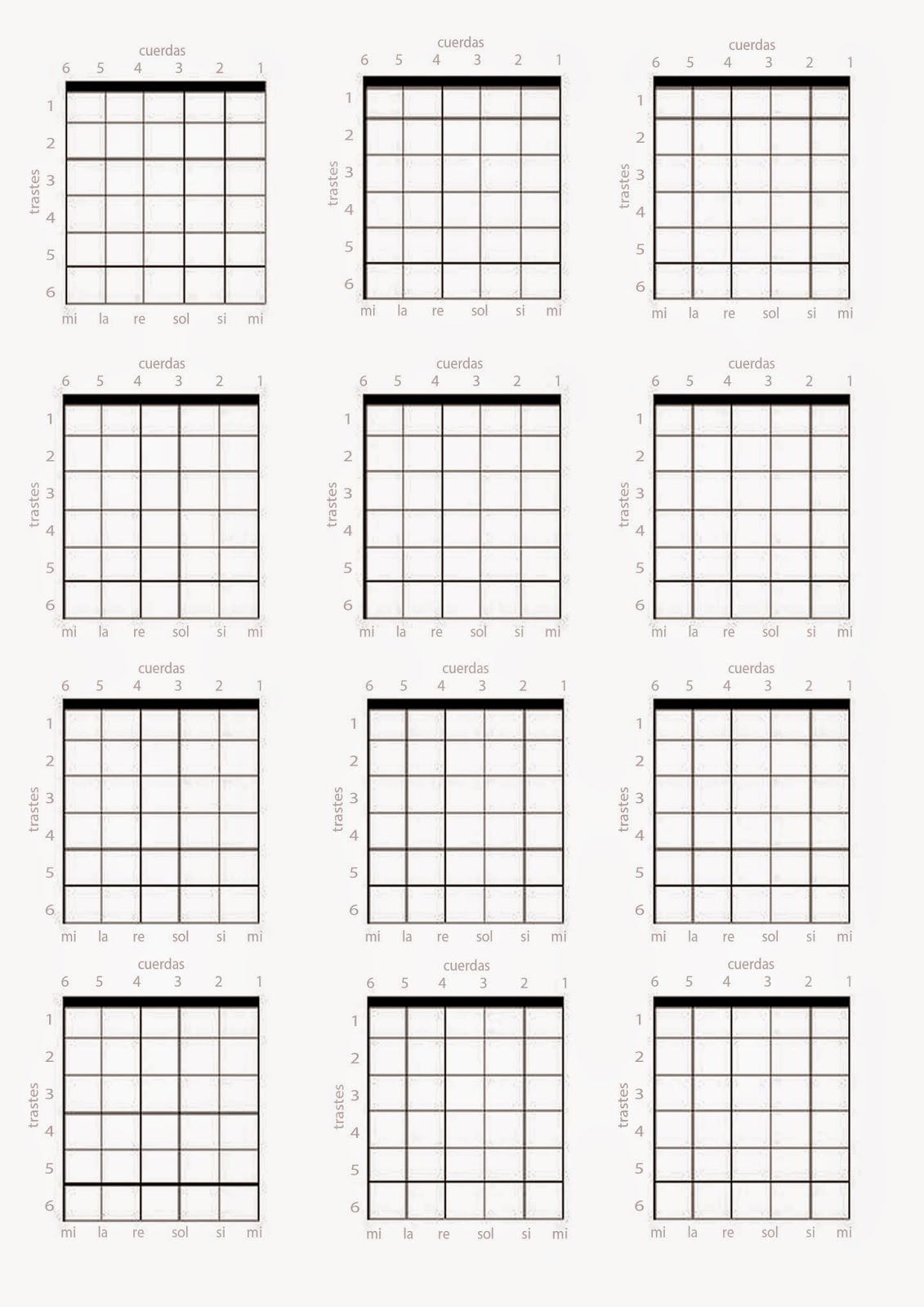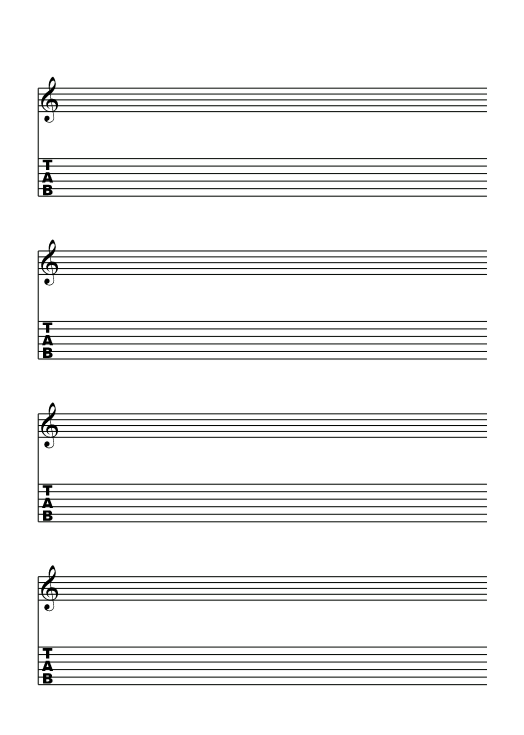Guitar Tabs: The Secret Language of Six-String Sorcery
Ever listen to a guitar riff so face-meltingly awesome that you just *knew* you had to learn it? You're not alone. But deciphering the cryptic world of musical notation can be more intimidating than a mosh pit. Fear not, aspiring rockstar, for there's a secret weapon in your arsenal: guitar tablature, or "tabs" for the cool kids.
Imagine a blueprint, not of a building, but of your favorite song, laid out across the six strings of your guitar. That's essentially what guitar tablature is. It's a visual representation of the guitar fretboard, showing you exactly where to place your fingers to unleash those sweet, sweet melodies.
While traditional sheet music uses those enigmatic notes on a staff (you know, the ones that look like bird droppings on a wire?), guitar tabs use numbers on a six-line grid, each line representing a string on your guitar. Think of it like this: if sheet music is the elegant language of classical composers, guitar tabs are the raw, rebellious dialect of rock and roll.
But where did this ingenious system come from? While its origins are shrouded in the mists of time, evidence suggests that early forms of tablature existed as far back as the Renaissance. Back then, lutes and other stringed instruments were all the rage, and musicians needed a way to share their musical ideas. Fast forward a few centuries, and guitar tablature found its groove in the 20th century, exploding in popularity alongside rock, blues, and other guitar-driven genres.
The beauty of guitar tabs lies in their simplicity and accessibility. You don't need years of formal music training to decipher them. If you can count to six and know where the frets are on your guitar, you're halfway there. This democratizing aspect of guitar tabs is arguably their greatest strength, allowing anyone with a passion for music to learn, share, and create.
Advantages and Disadvantages of Guitar Tablature
| Advantages | Disadvantages |
|---|---|
| Easy to learn and understand, even for beginners | May not accurately represent rhythm and timing |
| Visually intuitive, mirroring the guitar fretboard | Can hinder the development of sight-reading skills |
| Widely available online and in print for countless songs | Multiple interpretations of a song can exist, leading to confusion |
While guitar tabs are a godsend for many guitarists, it's important to acknowledge their limitations. They often omit rhythm notation, leaving you to rely on your ear or external resources like recordings. This can be a double-edged sword, fostering aural skills but potentially hindering rhythmic accuracy.
Ultimately, guitar tablature is a powerful tool in any guitarist's toolbox. It's a gateway drug to musical mastery, allowing you to unlock the secrets of countless songs, experiment with different styles, and even write your own riffs and solos. So, embrace the power of the tab, and let your six-string sing!
Effortless boating mastering your outboard motor hydraulic system
Unveiling the mysteries of the ancient egyptian eye symbol
Understanding motor symbols in schematics












